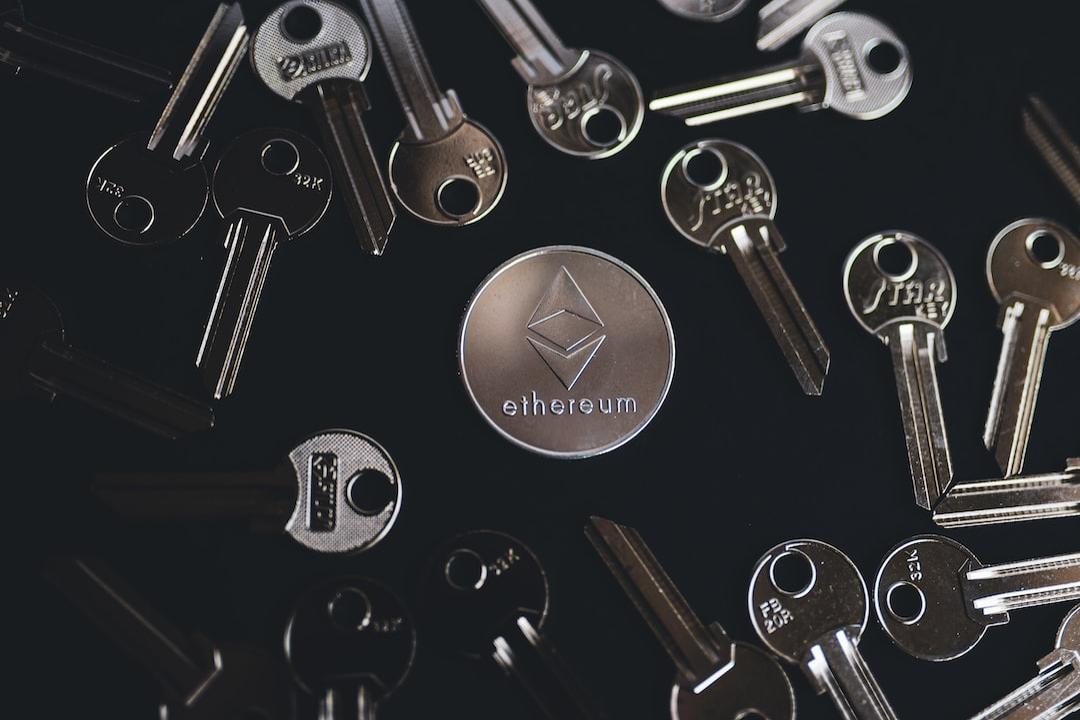Solana Achieves New Performance Milestone
Solana achieved a new performance milestone after processing 107,540 transactions per second (TPS) in a mainnet stress test. The test relied on a high volume of “noop” program calls, allowing the blockchain to measure raw throughput under pressure. Within a single block, the network recorded 43,016 successful transactions with only 50 failures, underscoring its technical capacity to handle massive activity.

This test highlights Solana’s position as a blockchain focused on scalability. Although sustained throughput in real-world conditions remains lower, the result demonstrates the infrastructure’s ability to handle peak loads without major disruption. Industry observers note that this achievement strengthens Solana’s standing in the ongoing debate over which networks can scale effectively for global usage.
Ecosystem Growth Surpasses Avalanche
Beyond performance tests, Solana also advanced its position in decentralized finance (DeFi). The network’s Total Value Locked (TVL) reached approximately $10.58 billion, giving it about 7% of the global DeFi market share. In comparison, Avalanche secured around $1.93 billion, which represents just 1.27%. This widening gap reflects Solana’s growing dominance among Ethereum alternatives.

The increase in TVL comes alongside rising adoption of Solana-based applications. Developers continue to expand use cases across lending, trading, and yield strategies, which helps to consolidate Solana’s role as a leading hub for decentralized activity. With more protocols deploying on the network, the infrastructure is evolving to support higher participation levels and larger liquidity flows.
Ethereum Maintains Lead, but Solana Gains Ground
While Solana’s progress is notable, Ethereum still controls more than 60% of DeFi TVL, maintaining its leadership position. However, Solana’s momentum shows that the competitive landscape among Layer-1 blockchains is shifting. The ability to combine high throughput with increasing capital allocation gives Solana a structural advantage compared to other rivals.
In addition, surpassing Avalanche in both throughput and value locked reinforces Solana’s long-term growth trajectory. As institutional and retail participants search for efficient, low-cost platforms, Solana’s performance record and expanding ecosystem place it as a credible alternative in the market.
Solana Forms Ascending Triangle, Price Outlook Points to 50% Rally
On August 18, 2025, Solana’s SOL/USD price chart on Coinbase displayed the formation of an ascending triangle pattern on the four-hour timeframe. An ascending triangle is a bullish continuation pattern that forms when the price makes higher lows while repeatedly testing a horizontal resistance level. It usually signals that buyers are gaining strength, preparing for a potential breakout above the resistance.

In this case, Solana’s price has been respecting a rising support line while facing resistance near the $200 level. The chart shows consistent higher lows, which confirm that buyers are absorbing selling pressure. If Solana confirms a breakout above this resistance, the ascending triangle projection suggests a possible 50 percent upside move from the current price of $181. That would set a potential target near $272.
The technical setup gains further weight from the 50-period Exponential Moving Average (EMA), which currently sits around $187. This EMA is acting as a dynamic resistance line and will play a critical role in confirming momentum if the price moves above it again. Trading volume spikes during upward attempts also strengthen the case for a breakout.
However, if Solana fails to hold its rising support trendline, the pattern could weaken, leading to further consolidation instead of an immediate breakout. As of now, the structure of the ascending triangle remains intact, and the technical picture continues to favor the bulls, provided the resistance near $200 is breached with strong volume.
Solana Balance of Power Indicator Turns Positive
On August 18, 2025, Solana’s Balance of Power (BOP) indicator registered at 0.18 on the four-hour chart, according to TradingView data. The Balance of Power is a momentum oscillator that measures the strength of buyers versus sellers by comparing closing prices to intraday highs and lows. A value above zero suggests buyers hold more influence, while a negative reading indicates selling dominance.

The positive value at 0.18 shows that buyers currently maintain a slight edge. Although not extremely strong, the indicator highlights a shift toward accumulation after periods of intense volatility. Over the past weeks, the BOP line has fluctuated aggressively between positive and negative levels, reflecting battles between bulls and bears across multiple sessions.
This stabilization in positive territory aligns with the ascending triangle pattern forming on Solana’s price chart. Together, the two signals suggest that bullish momentum is slowly building. If the BOP continues to sustain higher positive readings, it may confirm growing demand at current levels. However, a drop below zero would weaken this signal and suggest renewed selling pressure.
The Balance of Power’s current position therefore supports the case for a possible breakout scenario, as buyers gradually strengthen their influence over the market.
Solana RSI Signals Weakening Momentum
On August 18, 2025, Solana’s Relative Strength Index (RSI) on the four-hour chart stood at 37.83, with its moving average line showing 48.19, according to TradingView data. The RSI is a momentum oscillator that measures the speed and strength of price movements on a scale from zero to 100. Readings above 70 indicate overbought conditions, while levels below 30 point to oversold territory.

The current RSI level below 40 reflects weakening momentum and growing selling pressure. After testing higher ranges near 70 earlier in the month, the indicator has steadily declined, showing that bullish strength has faded. This drop highlights a shift in market sentiment, as sellers are gradually overpowering buyers.
Despite this decline, the RSI has not yet entered oversold territory. This means that while Solana faces pressure, there is still room for further downside before conditions appear excessively stretched. If the RSI continues falling and approaches 30, the market could see signs of exhaustion from sellers, which often sets the stage for a rebound. Conversely, if the RSI stabilizes and climbs back toward 50, it would suggest neutral momentum and possible recovery.
Overall, the RSI reading indicates that Solana’s market is under short-term stress, with sellers holding more control. The next moves around the 30–40 range will be critical in determining whether the token consolidates or prepares for another leg down.

